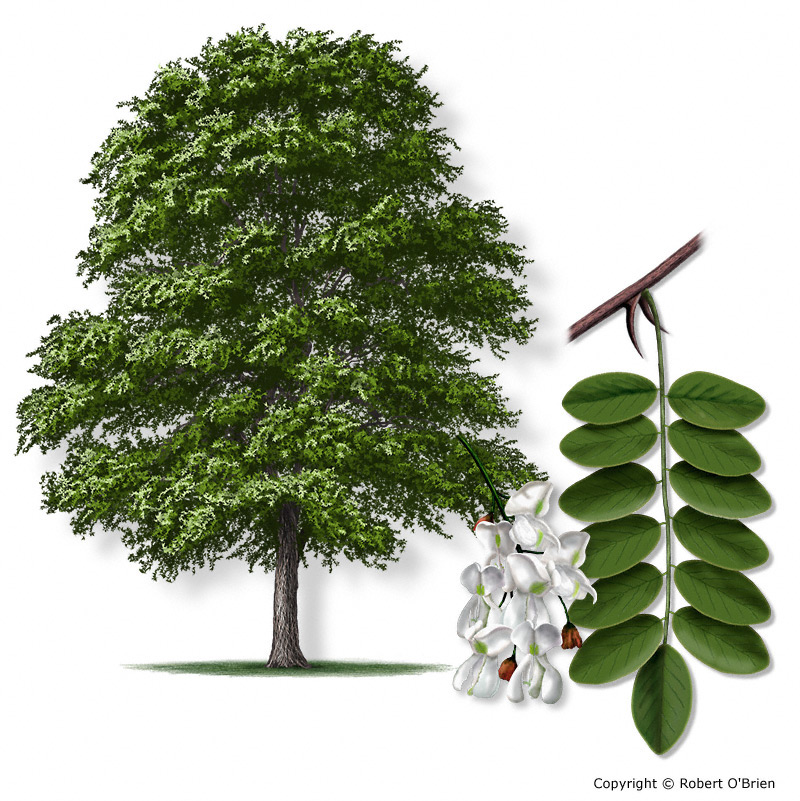We received three types of trees and one herb. Antonovka apple. Select seedling apples. Black locust. Asparagus.
Quick Lesson in Apple Genetics
Apples are like humans. The offspring aren't exactly like the parents but they do have traits of both parents. Because many apple orchards use crab apples trees (yuck!) to pollinate the tasty varieties, the seeds that are in the apples have genes from both a tasty variety and a not-so-tasty variety. Normally, you might have 1-in-1,000 chance or 1-in-10,000 chance of having a delicious apple from seeds because of the randomness of genetics. In those situations, growing from seed may not be worth it. The apples we bought were from seed but they are special.
Antonovka Apples
These apples are native to an area in Russia. They have been so inbred that these seeds defy the Laws of Apple Genetics (I just made that up). The trees in that area grow true from seed. That means that you can eat an apple, take the seeds from that apple, plant the seeds, let the apple trees grow, and pick apples from the trees that are very similar to the original apple. This seems simple but, like we learned in our Quick Lesson, it isn't how trees normally work. Antonovka apples are an exception to the rule.
 |
| Antonovka Apple fron New Farm Supply |
Select Seedling Apples
These apples are grown from seeds from an area that doesn't use crab apples to pollinate. These better genetic pools means that the chances of a tasty phenotype is higher than normal. These trees are not going to be known cultivars (Granny Smith, Golden Dorset, etc) and the probability of them being a delicious apple for eating off the tree is low. But there is a chance. The worst case scenario is that we have a tree on which we can graft or let the wildlife enjoy. This is sort of like growing your own lottery ticket. You could end up with a 'spitter' apple or you could own the next biggest thing as far as apples go. Perhaps apple orchards will line up to pay money for cuttings from these trees.Black Locust
The black locust is possibly my favorite tree. It doesn't produce food for humans but it does plenty of other useful things and seems to be unknown to most people. The black locust tree:
- 'fixes' nitrogen - this means that it puts a type of fertilizer into the ground for other plants to use
- is an insectary plant - bees and other insects love this plant. It has flower clusters similar to crepe myrtles and is said to 'buzz' when the flowers are in bloom due to all the busy little bees
- produces livestock feed - some farm animals can eat the pods of the tree
- can be used for tools and fence posts - I've seen reports that it will last for 5-6 decades as posts
- is used as fuel - the trees can be coppiced every 7-10 years and the tree will continue to produce more and more wood
- propagate from cuttings - the trees are easily reproduced from root cuttings
- is used for tool handles - the branches are perfect for tool handles and are very tough
 |
| Black Locust |
 |
| Coppiced Black Locust (Photo from tcpermaculture.com) |
Asparagus
The last plant we planted from this order was asparagus. I am not sure if it is considered an herb or a bush but I do know that it can live for 20-30 years and should be harvested after the plant is 2-3 years to make sure that the roots are old enough to support growth the following year. Since they are long-lasting perennials, they need to be planted in a place that will support them for a long time.







